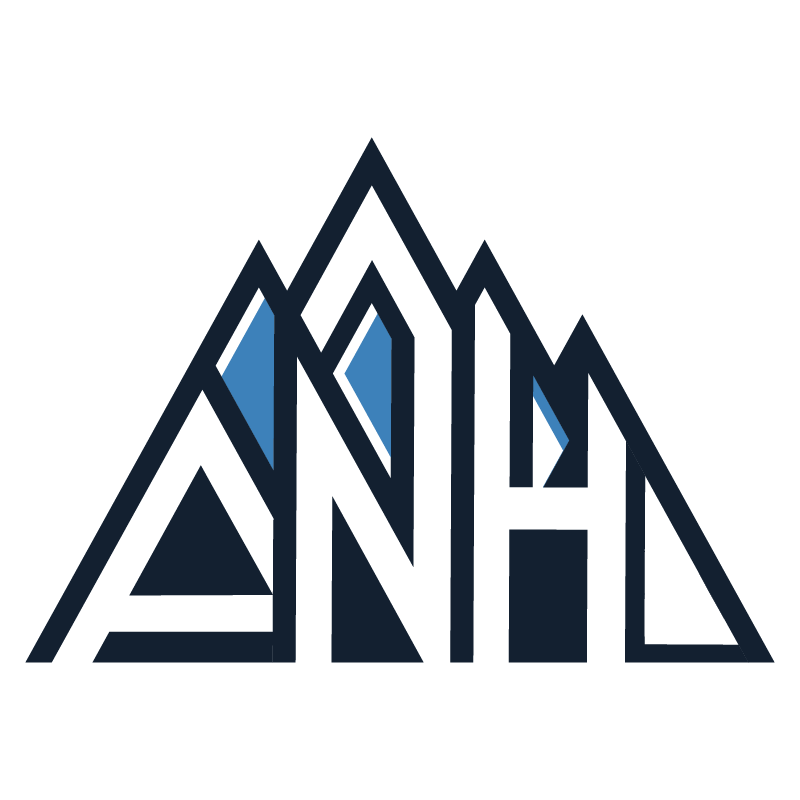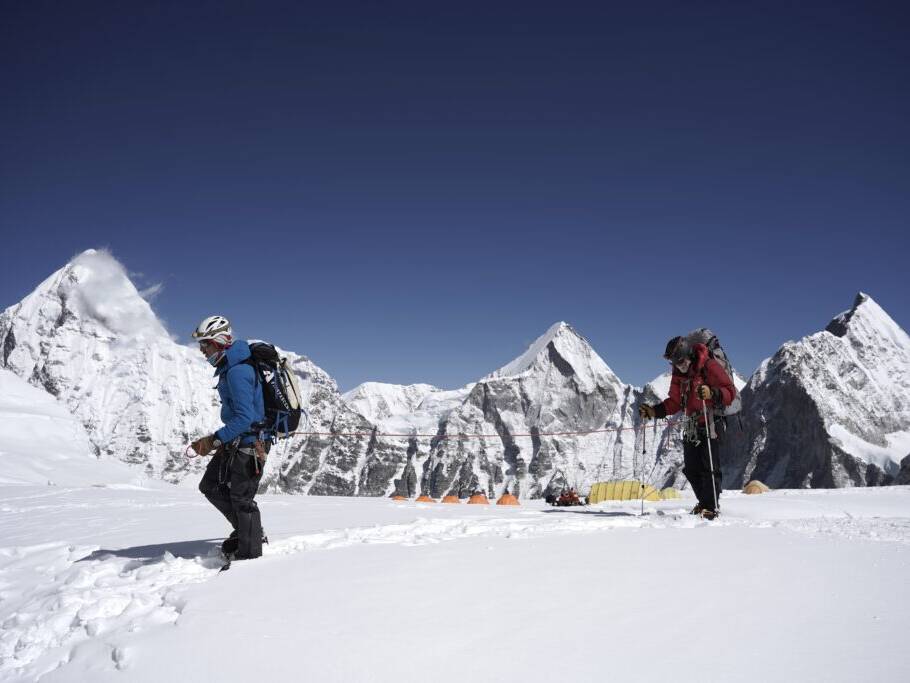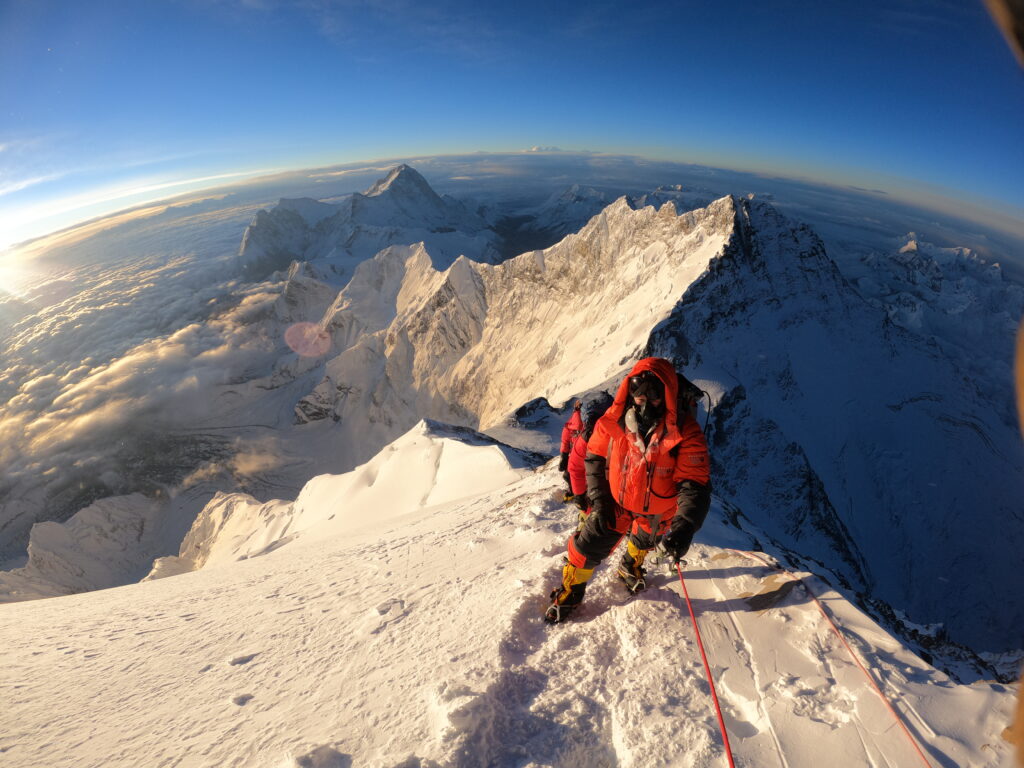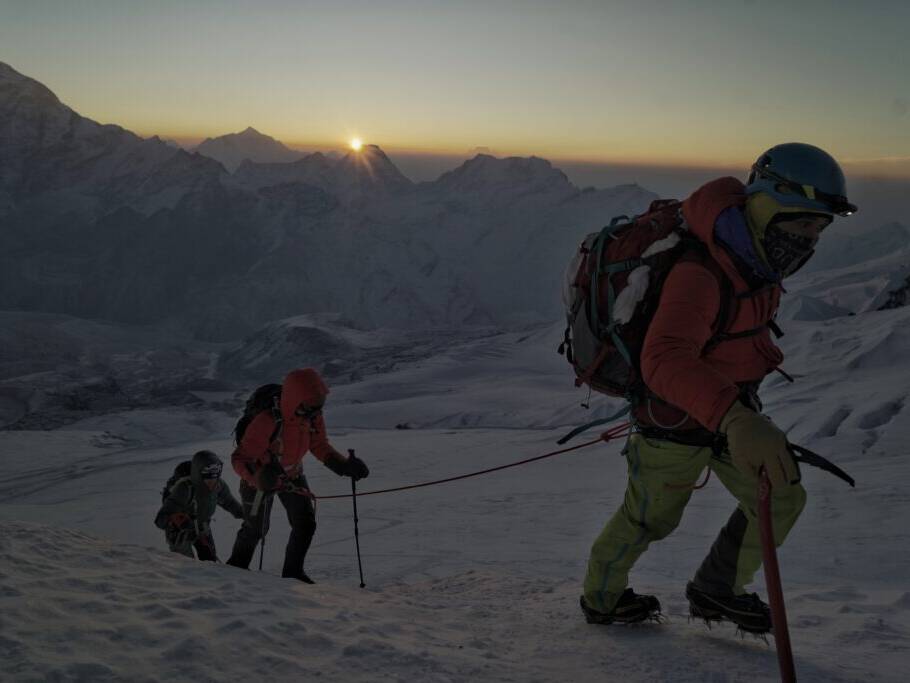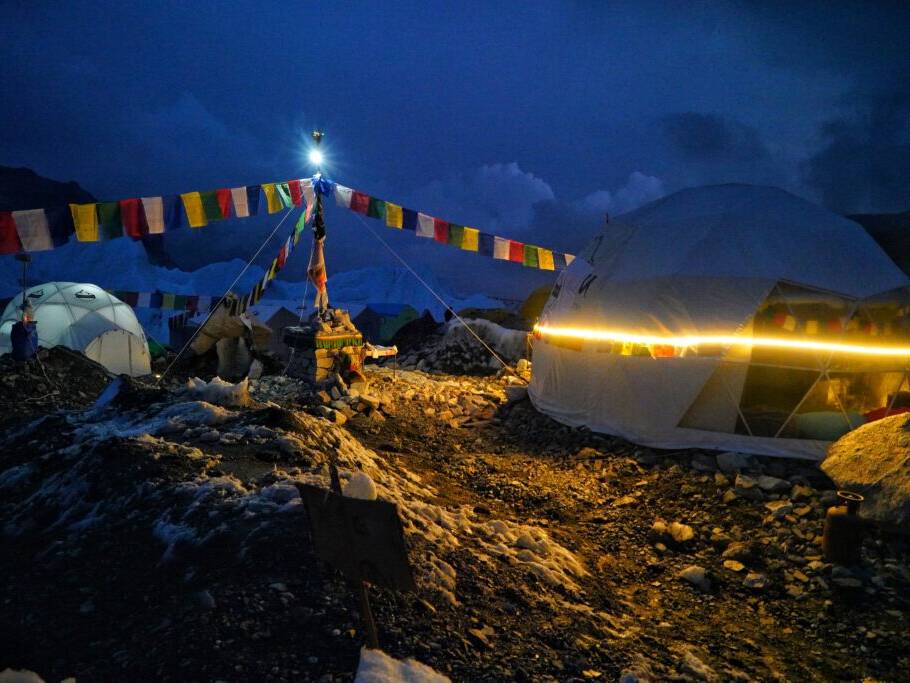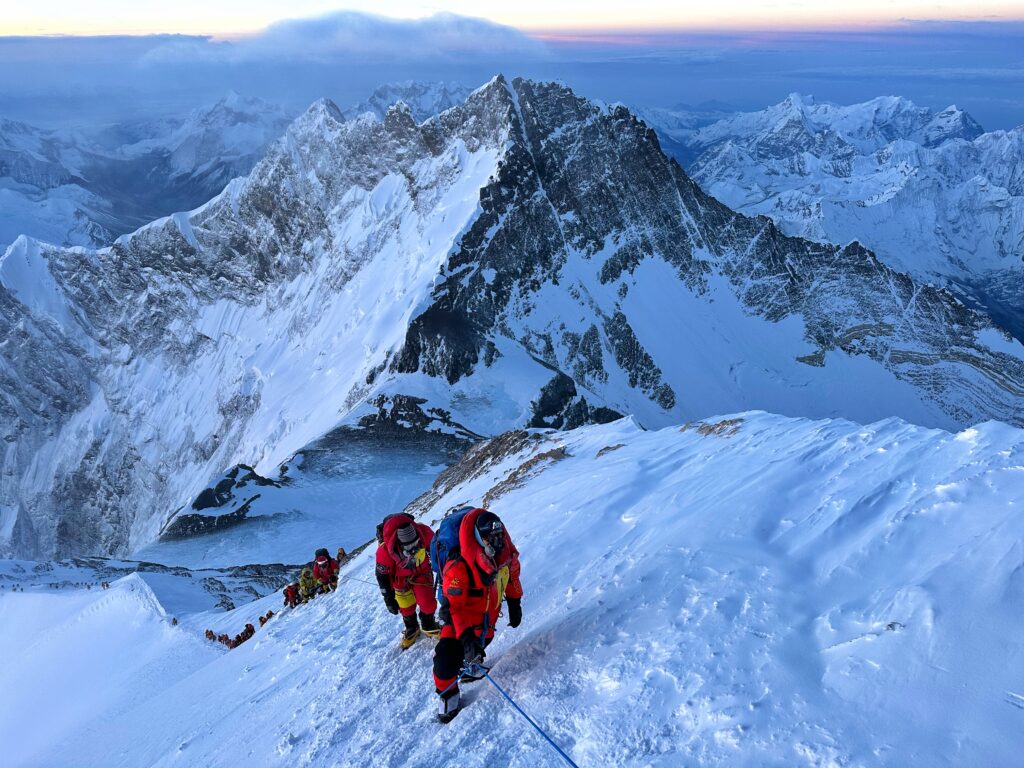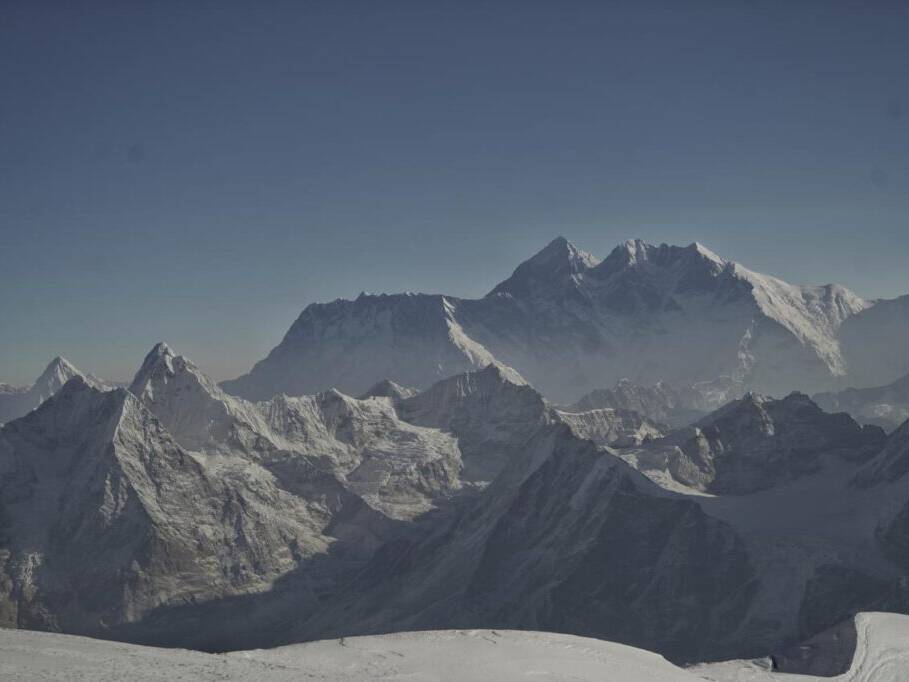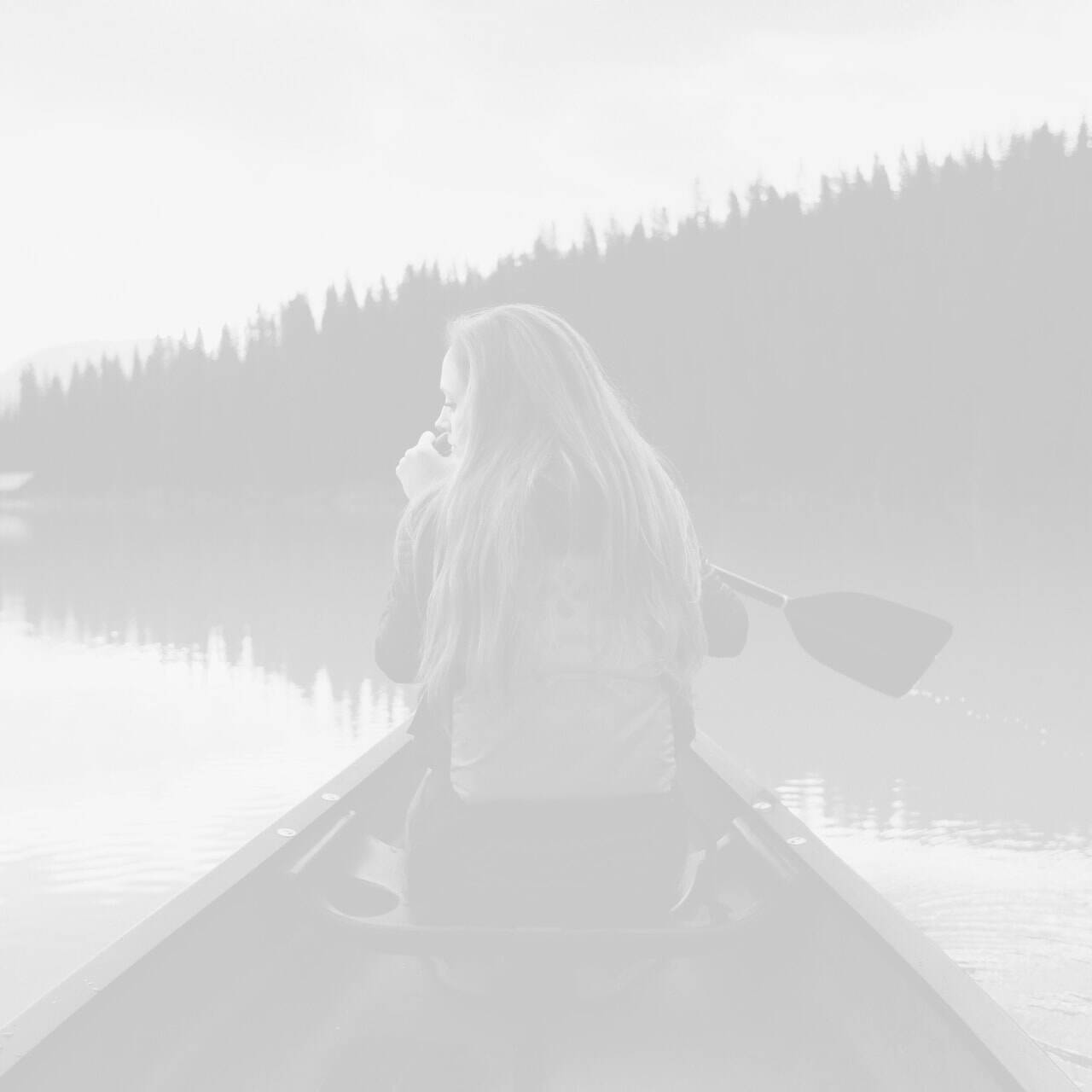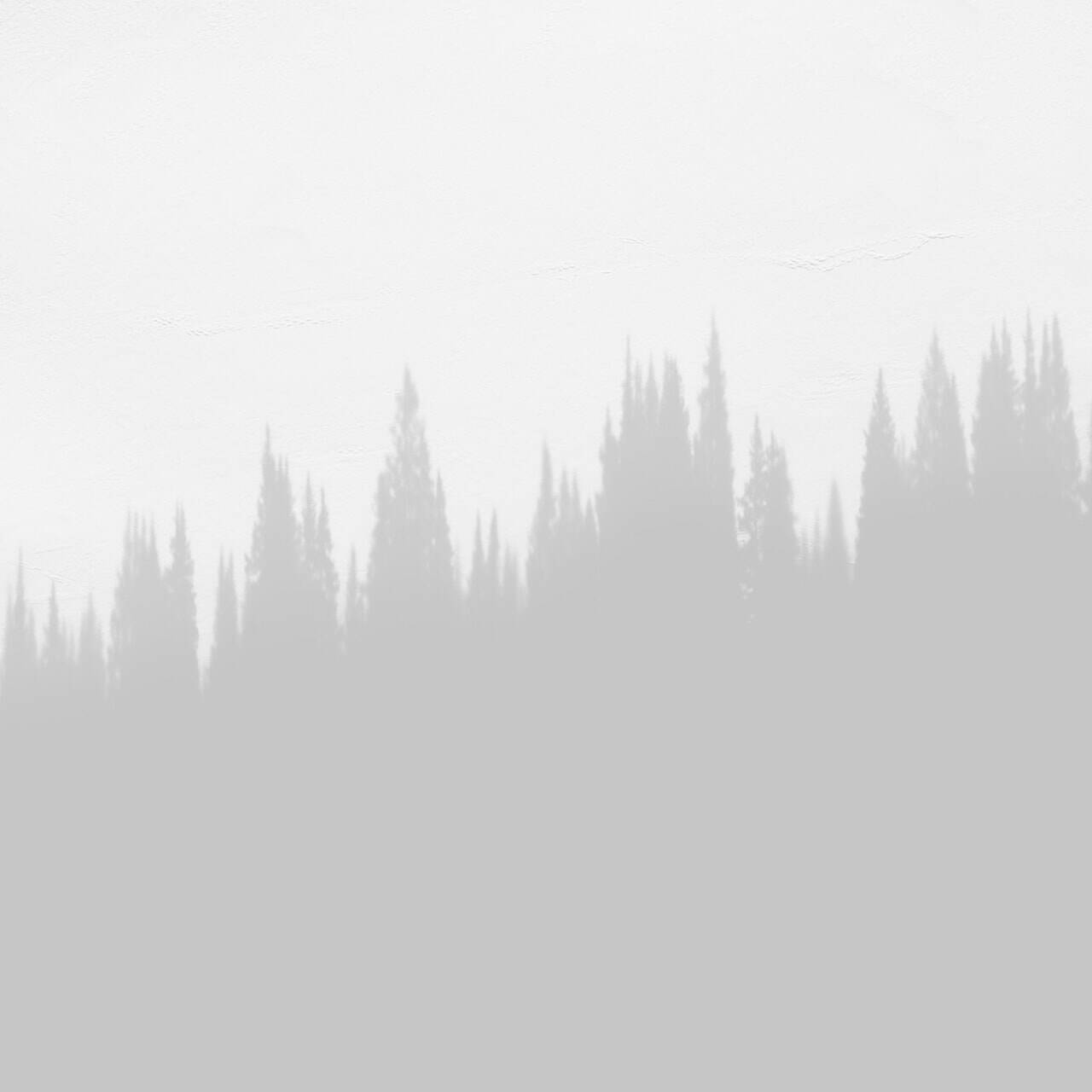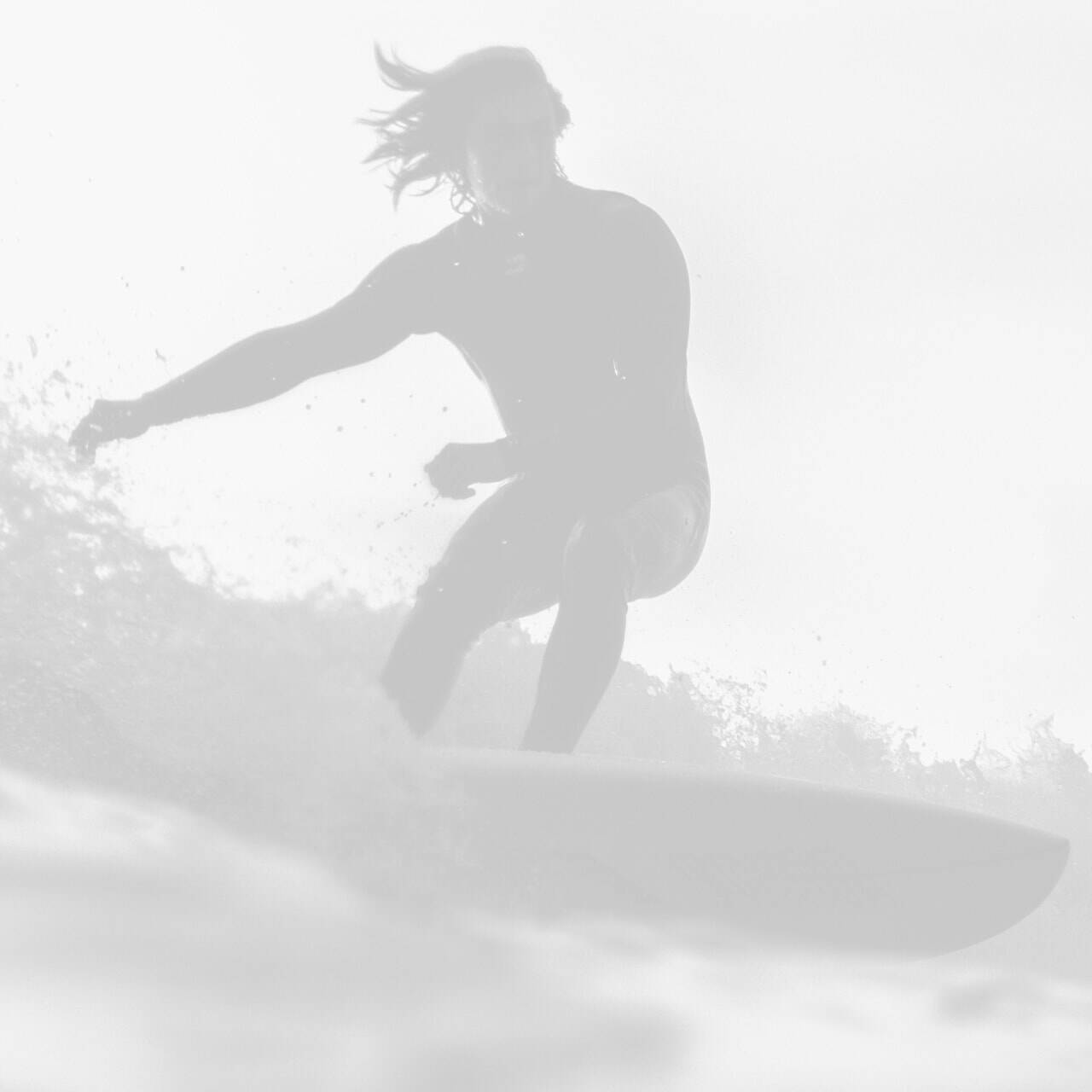Mt. Everest South Expedition
Everest is the highest mountain in the world at an elevation of 8848.86 meters above sea level. It lies on the Nepal-China border in the Solukhumbu district. Nepal shares the southwest face of Everest while the north and east faces are in Tibet, China. Everest is surrounded by high mountains such as Lhotse, Pumori, Nuptse, Lho La, Sartse, Changtse, and so on.
Everest is the highest mountain in the world at an elevation of 8848.86 meters above sea level. It lies on the Nepal-China border in the Solukhumbu district. Nepal shares the southwest face of Everest while the north and east faces are in Tibet, China. Everest is surrounded by high mountains such as Lhotse, Pumori, Nuptse, Lho La, Sartse, Changtse, and so on.
Climbing Everest requires a good deal of high-altitude climbing experience. This is why most Everest expeditions start with smaller peaks of 6000, 7000, and even other 8000-meter peaks. There have been approximate ~10,000+ summits from Nepal and China combined.
Everest was summited for the first time in 1953 May 29 by Tenzing Norgay and Edmund Hillary as part of a British expedition. There have been multiple records and also a few tragedies on Everest. The Everest expedition passes through the Khumbu region which incorporates some of the highest settlements in the world. The trek up to Everest base camp is an exciting experience, moving through the natural and cultural wonders.
Detailed Itinerary
01
Arrival Kathmandu, Nepal and transfer to hotel
Upon your arrival in the Kathmandu airport (KTM) you will be greeted by a representative from us. After completing your custom formalities (Visa, etc) pick up your luggage and look for our representative with a our company’s display board at the arrival gate. You will be then transferred to your hotel. After check in, you will visit our office, meet your trekking guide as well as other participants and do final preparation for the trip. Later in the evening there will be a welcome dinner which will introduce you to the Nepalese food culture.
02
Kathmandu Leisure day
Sightseeing and Preparation for Everest Expedition. While the leader attends a formal briefing in the Ministry of Tourism, you will explore the fascinating city of Kathmandu. Take rest, familiarize, and make a sightseeing tour to Kathmandu’s World Heritage Sites. We make a guided tour to some of UNESCO World Heritage Sites in the Kathmandu valley: Kathmandu Durbar Square, Pashupatinath, Swayambhu, and Boudhnath.
03
Prepared Expedition & Briefing in Ministry of Tourism
We will be for finalizing official procedure and other necessary arrangements. You will be also briefed on the nature of expedition, equipments and team composition. You can also make your last minute buying of personal items as you will be flying to the Himalayas tomorrow. In the late afternoon, the leader will check everyone’s equipment, as Kathmandu is the last opportunity to buy anything missing. You will also get introduced with fellow expedition members and guides.
04
Fly to Lukla & trek to Phakding (2640m)
An early morning scenic flight to Lukla. The mountain flight over to Lukla is one of the most beautiful air routes in the world culminating in a dramatic landing on a hillside surrounded by high mountains peaks. In Lukla, we will meet our camp staff and porters.After meeting our other crew members and with some packing and arrangements, we start our trek through the prosperous village of Lukla until we reach Phakding. Phakding lies on the main trade route through the area and there are a number of clean well-built lodges where we can spend the night.
05
Phakding – Namche Bazar (3446m)
Continue up the banks of the Dudh Kosi, crossing it twice by small suspension bridges before reaching the village of Monjo where we will enter the Khumbu National Park. Cross the confluence of the Dudh Kosi and the Bhote Kosi on a high suspension bridge and climb steeply for about two hours to reach Namche Bazaar. This is a prosperous trading town and the capital of the Khumbu region with genuine Tibetan artifacts.
06
Namche (3446m) & Acclimatization
We spend a day in Namche Bazar resting and allowing our bodies to become acclimatized to the altitude of 3,450m (11,300ft).Although a leisure day, it’s important not to remain idle. Health experts always recommend us to stay active and moving during the rest day too instead of being idle. We either spend the day taking a day hike to Thame or visiting Khunde or relaxing and exploring Namche Bazaar itself. Namche Bazzar is the main centre of the Everest (Khumbu) region and has government offices, ATMs, Internet cafes, shops, restaurants, a bakery and a colorful market each Friday evening and Saturday. If we trek a few hundred vertical feet during the day, it will help us to properly acclimatize. Our guides will take us to the Tourist Visitor Center near the headquarter of the Sagarmatha National Park where we can observe an assortment of things related to the first Everest ascenders, Sherpa culture and learn about the various plant and animal life of the Everest region.
07
Namche – Thyanboche Monastery (3867m)
The well worn Everest trail contours around the side of the valley high above the Dudh Kosi. Follow the path, savoring the first really good views of the great peaks of the Khumbu: Everest, Lhotse, Nuptse and Ama Dablam. Passing by several villages and numerous tea shops, cross the Dudh Kosi River and make a steep climb to Thyangboche, home of an impressive and newly rebuilt monastery.
08
Thyanboche – Pheriche (4243m)
We pass through several Chortens and Mani walls and small villages. We enjoy lunch with fantastic close-up views of Ama-Dablam. Shaded by rhododendron trees, the path leads gradually down to the river once again to another airy suspension bridge. An hour’s walking from here brings us to Pangboche, an excellent viewpoint for Ama Dablam. Contouring up the valley side, re-cross the river and turn up the Imja valley to reach the picturesque farming village of Pheriche.
09
Pheriche – Lobuche (4930m) Lodge /camp
Continuing up the trail towards base camp. Reach Dugla situated below the snout of the Khumbu Glacier, a convenient place for lunch. After lunch, the trail starts steeply to climb up beside the glacier moraine. After a couple of hours the track eventually leads to a small cluster of tea houses pleasantly situated at Lobuche.
10
Everest Base Camp (5400m) O/N Camp
Contouring along the valley-side and looking down on the Khumbu Glacier, follow a reasonable trail to Gorak Shep. This was the site of the base camp in 1953 and now consists of a few small tea houses. Leaving Gorak Shep, the trail leads on to the moraine of the Khumbu Glacier and becomes quite vague, weaving between mounds of rubble and eventually reaching base camp near the foot of the Khumbu Icefall. This will be our home for the next six weeks.
11-60
Climbing Period for Mt. Everest
On 11th day, We prepare and start our climb to The Mount Everest (South Face). Total climbing period is 49 days including rest day before the climb.
61
Base Camp – Pheriche (4371m)
All team members return to base camp and assist with packing expedition stores and cleaning the base camp area and Trek down to Thyanboche.
62
Pheriche – Namche (3440m)
We Trek down to Namche from Thyanboche which takes aprox. 7 hrs.
63
Namche – Lukla (2860m)
On 63rd day, we trek down to Lukla from Namche which take aprox. 6 hrs.
64
Lukla – Kathmandu
We take an early flight to kathmandu.
65
Final Departure
Our representative will drop you off at the airport for your flight back home.
Included in Your Trek Package:
- Arrival & Departure: Pick-up and drop-off services for both international and domestic flights as per the itinerary
- Hotel Accommodation: 2 nights in Kathmandu (single bedroom, bed & breakfast basis)
- Welcome Dinner: A welcome dinner with office staff at a typical Nepali restaurant in Kathmandu
- Transportation: Kathmandu–Base Camp–Kathmandu transportation for the entire expedition crew
- Climbing Permit: Expedition royalty and climbing permit charges by the Government of Nepal to climb Mount Everest
- Route Fixing Charge: Everest summit route fixing charge
- Garbage Management: Stool shipment and garbage disposal fees
- Meals: Fresh meals on a full-board basis (breakfast, lunch, dinner) with hot drinks (tea, coffee), fresh meat, and vegetables during trekking and climbing
- Liaison Officer: Government liaison officer including daily wages, equipment, food, insurance, and round-trip airfare
- Cook & Kitchen Helpers: Experienced base camp cook, Camp-2 cook, and kitchen helpers
- Porters: Porters for transportation Kathmandu–Base Camp–Kathmandu
- Staff Wages & Insurance: All wages, equipment, food, accommodation, and insurance for all trekking and expedition staff
- Personal Baggage Allowance: Up to 50 kg per member carried by porters/yaks
- Base Camp Tent: Individual box tent with heated bed and personal electronic device charging port for each member
- Base Camp Equipment: Dining tent, kitchen tent, toilet tent, hot shower tent, communication tent, mattress, pillow, tables, chairs, and all necessary equipment
- Electricity: Generator at Base Camp and solar panel at Camp-2 for lights and device charging
- Heaters: Heater at Base Camp for members and staff
- Communication: Satellite phone and walkie-talkies for emergency use (pay per use)
- Medical Service: Emergency medical services at HRA Medical Camp (charges apply)
- Weather Forecast: Daily weather forecasts during the entire expedition
- Oxygen Supply: 8 bottles (Poisk/TopOut) per member and 4 bottles per climbing Sherpa
- Mask & Regulator: Summit mask and regulator (TopOut) for each member and Sherpa
- Backup Oxygen & Masks: Additional oxygen cylinders, masks, and regulators available at Base Camp
- General Climbing Equipment: EPI gas and burners, dynamic ropes, ice screws, snow shovels, snow bars, carabiners, etc.
- Guides: 1 IFMGA certified mountain guide and 1 Sherpa supporter per member
- Guide & Sherpa Allowances: Equipment allowance, wages, carrying bonus, and summit bonus
- Staff Equipment Allowance: Equipment allowance for Base Camp cook, Camp-2 cook, and kitchen helpers
- Rescue Insurance: Helicopter rescue insurance for high-altitude guides, cooks, and staff
- Emergency Rescue: Helicopter rescue arrangements
- Base Camp Facilities: Free café and bakery inside a relax dome tent
- Internet Service: Free internet at Base Camp
- Farewell Dinner: Farewell dinner with expedition staff at a Nepali restaurant with cultural show in Kathmandu
- International Travel: International flight ticket, taxes, and Nepal entry visas
- Meals & Accommodation: Lunch and dinner in Kathmandu; hotel costs after 5 nights in Kathmandu
- Personal Gear: Personal trekking and climbing equipment
- Personal Expenses: Bar bills, laundry, telephone, and other expenses of personal nature
- Insurance: Travel, accident, medical, emergency evacuation, and lost baggage insurance
- Special Permits & Customs: Applicable permit and customs fees for satellite phone, filming camera, or communication equipment (if brought)
- Extra Yak Charges: Additional costs for yaks if required
- Tips: Gratuities for climbing Sherpas and expedition staff
Packing List
Gears and Equipment
The Everest expedition with Lobuche Peak is undoubtedly challenging.
It requires a specific set of gear and equipment. Here is a comprehensive checklist
to bring for the trip.
Climbing Gear
- Ice Axe with Leash
- Crampons
- Climbing Harness
- Carabiners
- Ascender (Jumar)
- Belay Device
- Prussik Cords
- Trekking Poles
- Helmet
- Avalanche Transceiver
Headwear
- Headlamp (min. 200 lumens) with spare Li-Ion batteries
- Sunglasses (Polarized / UV Protected)
- Woolen Cap
- Sunhat
- Buff Scarf
- Balaclava
Bodywear (Clothing / Layering)
- Down Suit
- Down Jacket
- Down Pants
- Gore-Tex Set / Hardshell Set
- Insulated Mid Layer
- Fleece Jacket
- Thermal Base Layer Set
- Quick-Dry Tops (half and full-sleeved)
- T-Shirts
- Trekking Trousers
- Additional Layers as Needed
Handwear
- Liner Gloves
- Fleece Gloves
- Heavy-Duty Gore-Tex Mittens
Footwear
- Climbing Boots (8000m-rated)
- Trekking Shoes
- Camp Shoes / Slippers
- Gaiters
- Liner Socks
- Woolen / Trekking Socks
- Summit Socks (8000m-rated)
Personal Kit
- Sleeping Bag (-40°C and -20°C)
- Trekking Backpack
- Hygiene Kit (toiletries)
- Sunscreen (min. 60 SPF)
- Lip Balm with SPF
- Water Bottle
- Thermos
First Aid Kit
- Personal Medications
- Personal First Aid Kit
Miscellaneous
- Camera and Accessories
- Camp Knife / Multi-Tools
- Pee Bottle / Poop Bags
- Binoculars / Magnifiers
- Reading Materials
- Games or Entertainment Devices
- Dry Bags / Compression Bags / Foot Warmers
- Emergency Blankets
FAQ
From our past clients on similar treks.
It’s considered an intermediate trek. A good fitness level and mental preparation are key, but with a proper itinerary and support, most people can complete it.
Everest Base Camp sits at 5,364 meters (17,598 feet).
Our itinerary is designed to allow proper acclimatization, and our guides are trained to monitor for symptoms. In emergencies, we will arrange safe descent and medical support.
Yes, comprehensive travel insurance with emergency evacuation coverage is mandatory.
We welcome solo trekkers and will match you with a group if you prefer shared experience.
Spring (March–May) and Autumn (September–November) are ideal for weather, visibility, and trail conditions.
Yes. We handle all required trekking permits for Sagarmatha National Park and Khumbu Rural Municipality.
“ I have been on many workshops with great photographers but non has ever come close to being this great. Selena took into consideration the clouds, the weather, the right times of the day and hit a home run every time. Amazing! ”
Nathan Watkins
LONDON
“ I signed up for my first workshop with Selena with a love of photography, but as a novice of real camera equipment and no experience. Somehow I convinced Selena to take me on, and he promised to help me learn to use the gear. ”
Elise Brooks
BERLIN
“ Selena private workshops were in all respects a highly rewarding experience. Her photographic expertise as well as his extensive knowledge of the street area proved tremendous assets on both the sunset and sunrise street workshops. ”
Emerson Taylor
AMSTERDAM
Ready to begin your journey?
Let’s talk about your goals, your questions, and the trek that might change everything.
